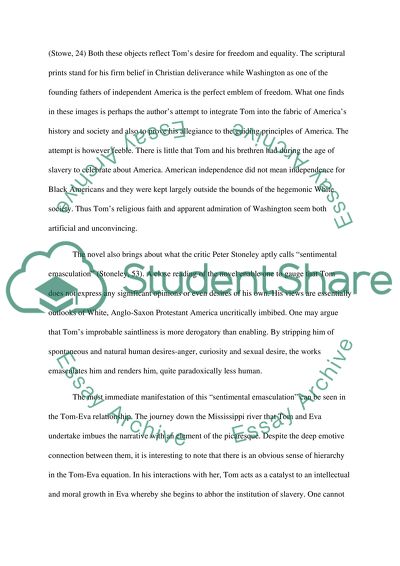Cite this document
(“Uncle Tom's Cabin - a New Perspective Assignment”, n.d.)
Uncle Tom's Cabin - a New Perspective Assignment. Retrieved from https://studentshare.org/literature/1454693-different-view
Uncle Tom's Cabin - a New Perspective Assignment. Retrieved from https://studentshare.org/literature/1454693-different-view
(Uncle Tom'S Cabin - a New Perspective Assignment)
Uncle Tom'S Cabin - a New Perspective Assignment. https://studentshare.org/literature/1454693-different-view.
Uncle Tom'S Cabin - a New Perspective Assignment. https://studentshare.org/literature/1454693-different-view.
“Uncle Tom'S Cabin - a New Perspective Assignment”, n.d. https://studentshare.org/literature/1454693-different-view.


